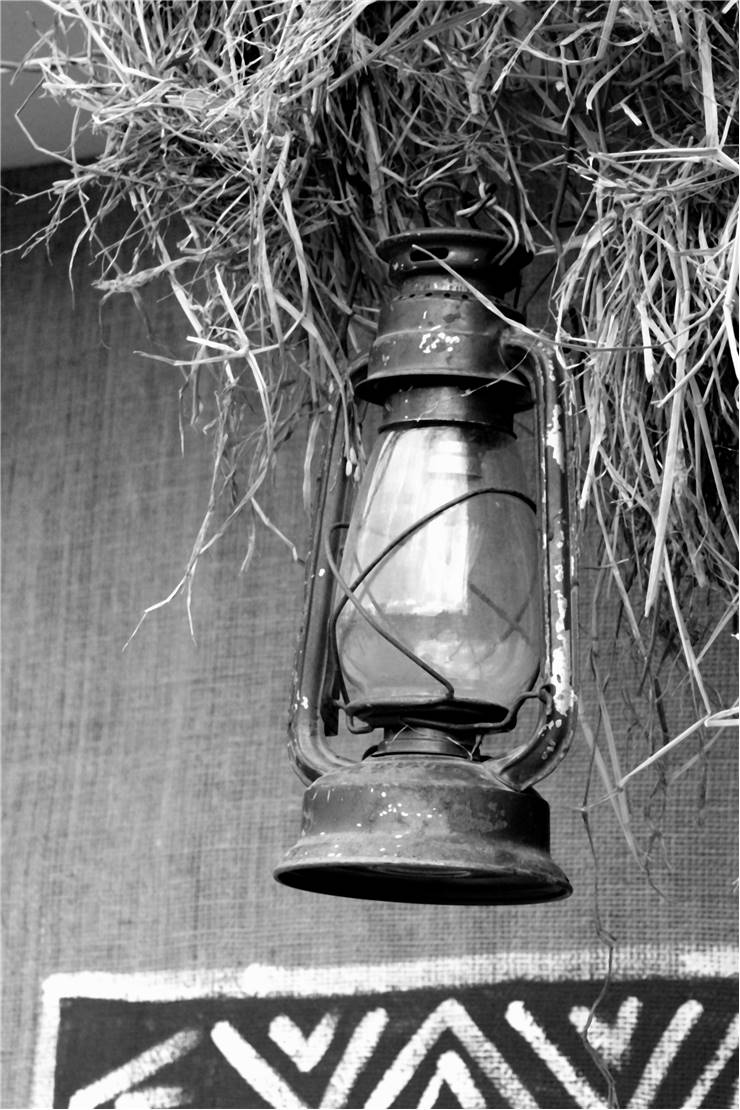History of Oil Lamps
Oil lamps are devices for making artificial light that use any sort of oil as a fuel. Generally they are in a shape of container which holds oil and has a funnel in which is placed a wick to control the speed of burning and keep the flame from burning on the whole surface of the oil. They first appeared some 70.000 BC and were made out of convenient nonflammable found object such are shells and hollow rocks. Moss drenched in animal fat would be put in it and moss would be lit to emanate light. That idea was more practical that torches and it survived to this day in one form or the other. It was probably the first object to be mass-produced. In ancient Greece and Rome, they were first made on the clay wheels as discs that were shaped as crude bowls with funnels. After that, they started to use moulds for shaping clay before burning and with that got better quality and esthetically more pleasing products. Oil lamps were also made from metal, alabaster, jade, stone and wood even in China and used olive oil, sesame oil, fish oil, beeswax and whale oil. They stayed in that same design for a very long time.
In the 18th century somebody came to an idea that oil lamp could work better. Swiss chemist Aime Argand made “Argand lamp”, an oil lamp that had cylindrical wick that made larger flame and a glass cylinder for a chimney that directed the draft over the flame, which made light brighter and also made lamp safer to carry. Oil lamp was widely used until kerosene lamp took over somewhere in the 18th century but are still used in religious ceremonies and as an ambient light.

Through the history, oil lamps had many uses. They were used indoors and outdoors when the night falls, for work in dark places like mines (which was dangerous because of explosive natural gases) and even as a major light source in lighthouses. They also had, and still have, their place in the rituals of many religions. In the time of the ceremony called Liknokaia which was held in honor of goddess Naiff, Ancient Egyptians used oil lamps to decorate their houses, public places and temples. Ancient Romans, before the prayer to goddess Vesta, lit an oil lamp that would symbolize her. Oil lamp has symbolic meaning in the other religions as well. In Judaism it is a symbol of light that lights the way for wise and righteous. Christianity sees it as a symbol of life eternal and of Gods wisdom. Oil lamp is lit when a bishop consecrates the church and it is meant to burn until the Judgment day. It is used in churches and homes and placed before the icons to illuminate them. In Islamism, God is compared to the oil lamp because he guides people, like a light, to him. Chinese folk religion and Hinduism also use oil lamps in both ways, as a method of lightning and as symbols in religious rituals.

